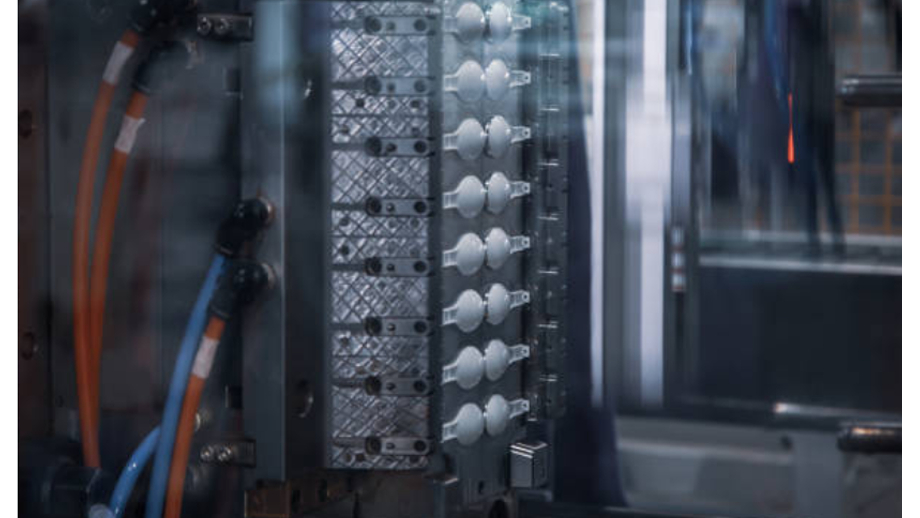Transparent plastic injection molding is a popular method used to create clear plastic parts for a wide range of applications. However, achieving high-quality results can be challenging, as there are several factors at play during the molding process. In this article, we will explore the essential considerations for transparent plastic injection molding and provide tips for ensuring successful production.

Understanding Transparent Plastic Injection Molding
Before discussing the specific considerations for transparent plastic injection molding, it’s essential to understand the process itself. Injection molding involves melting plastic pellets and injecting them into a mold cavity. Once the plastic has cooled and hardened, the mold is opened, and the part is ejected.
Transparent plastic injection molding is similar to traditional injection molding, but it requires a higher level of precision and attention to detail. The colorless nature of transparent plastic means that any imperfections will be highly visible, making it crucial to achieve a flawless finish.
Common Issues in Transparent Plastic Injection Molding
Several issues can arise during the transparent plastic injection molding process. These include:
- Cloudiness: This occurs when the plastic becomes hazy or cloudy, detracting from its transparency. Cloudiness can be caused by several factors, including processing temperature, moisture in the plastic, or impurities in the material.
- Bubbles or voids: These are air pockets that can form within the plastic, causing it to become less transparent. Bubbles and voids can be caused by a variety of factors, including improper venting of the mold or excessive injection pressure.
- Warping: This occurs when the plastic part distorts or bends out of shape during the cooling process. Warping can be caused by uneven cooling or an unbalanced mold design.
- Scratches or marks: These can occur during the molding process or when handling the parts. Scratches and marks can be caused by rough mold surfaces or improper handling techniques.
Tips for Successful Transparent Plastic Injection Molding

To avoid these common issues and achieve high-quality results, here are some tips to keep in mind:
- Use high-quality raw materials: Transparent plastic injection molding requires top-quality materials to ensure a clear finish. Look for materials that are free of impurities and have low moisture content.
- Optimize processing conditions: Adjusting the processing conditions, such as temperature, pressure, and injection speed, can help eliminate issues such as cloudiness and bubbles. It’s essential to find the right balance of these factors to achieve optimal results.
- Pay attention to mold design: An effective mold design is crucial for transparent plastic injection molding. The mold should be designed to prevent air pockets, ensure even cooling, and reduce the risk of warping.
- Implement proper maintenance and cleaning: Regular cleaning and maintenance of molds and equipment can help prevent issues such as scratches and marks.
- Handle parts with care: Transparent plastic parts are delicate and require careful handling to prevent damage. Use gloves and avoid contact with sharp or rough surfaces.
Conclusion
Transparent plastic injection molding can be a challenging process, but with the right considerations and techniques, it is possible to achieve high-quality results. By using high-quality materials, optimizing processing conditions, paying attention to mold design, implementing proper maintenance and cleaning, and handling parts with care, manufacturers can produce clear plastic parts of exceptional quality. By following these tips, companies can ensure successful production and deliver the best possible products to their customers.
